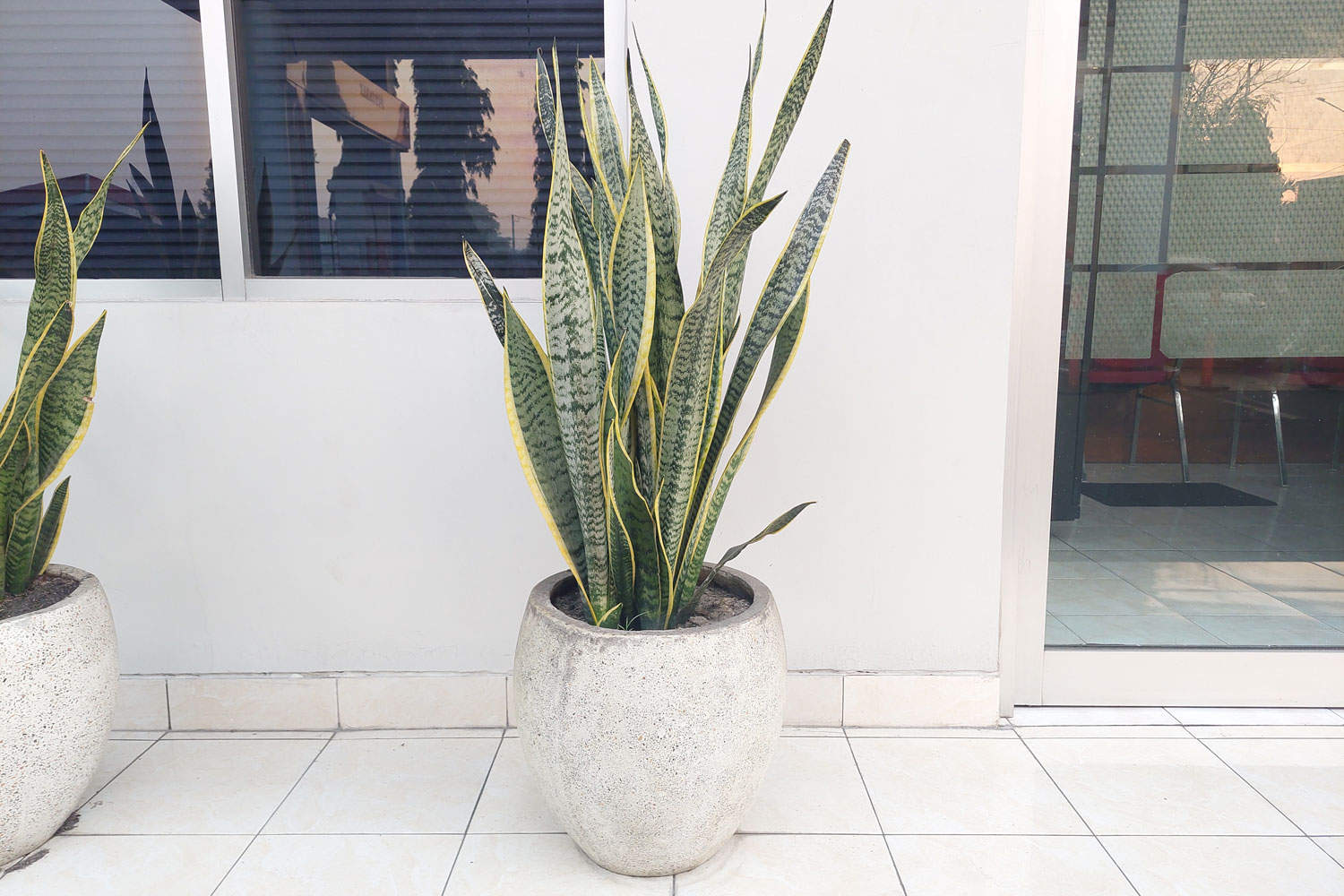As a snake plant owner, it's necessary to understand what to expect throughout your plant's growth cycle.
This way, you can provide the proper care and maintain a healthy, thriving plant.

In this article, we'll walk you through the various growth phases of a snake plant, offering insights into what to expect and how to cater to the plant's needs during each phase.
How to Start Growing Snake Plants
If it's your first time to care for snake plants, you'll learn that there are several methods to propagate and start growing a snake plant, each with its own set of advantages.
Leaf Cuttings
The most common method of propagating snake plants is through leaf cuttings. This is a simple and effective method.
To propagate through leaf cuttings, select a healthy leaf and cut it into 3-4 inch segments.

Allow the cuttings to dry for a day or two to prevent rotting, then plant them about 1 inch deep in soil.
Water the soil lightly and place it in a warm, bright location, avoiding direct sunlight. In a few weeks, roots and new growth should appear.
Division
Division is another method, ideal for mature snake plants that have outgrown their pots.
Gently remove the plant from its pot and separate the roots of the various shoots, ensuring that each section has roots attached.
Repot these divisions into new pots with well-draining soil. Water lightly until the plants are established.
Rhizome Propagation
Snake plants produce rhizomes, which are horizontal stems that grow underground alongside the roots.
When the plant is mature, you can separate these rhizomes from the main plant and repot them to grow new snake plants.
Seed Propagation
While it's possible to grow snake plants from seeds, it's not the most common method due to the slow growth rate and the challenge of obtaining seeds.
If you choose to propagate from seeds, plant them in a well-draining soil mix and keep the soil moist but not wet. Place them in a warm, bright location to germinate.
Growing Phases of Snake Plants
Here's what to expect in a snake plant's growth cycle.
1. Germination Phase
The journey of a snake plant begins with the germination of its seeds.
This phase can take anywhere from a few days to a couple of weeks, depending on factors such as temperature and moisture levels.
It's crucial to maintain a warm and moist environment to encourage germination.
2. Seedling Phase
Once germination occurs, the snake plant enters the seedling phase.
This is a delicate phase where the young plant is vulnerable to changes in its environment.
Proper lighting, water, and a nutrient-rich soil are essential for the healthy growth of the seedling.
3. Initial Growth Phase
During this period, the plant focuses on establishing its roots and may not produce any new leaves right away.
However, don't be alarmed; this is perfectly normal for young snake plants.
It may take a few weeks for your snake plant to settle in and start showing signs of growth.
4. Vegetative Phase
The vegetative phase is where the snake plant experiences a growth spurt, developing its iconic tall, slender leaves.
During this phase, the plant requires ample sunlight, although it can tolerate low light conditions.
It's also a time to be vigilant about watering practices to prevent over-watering, which can lead to root rot.
5. Flowering Phase
Though it's rare for snake plants to flower indoors, they can produce small, fragrant flowers when they are mature and under the right conditions.
Ensuring a balanced nutrient supply and exposure to a natural light-dark cycle can enhance the chances of flowering.
An interesting aspect of the snake plant's flowering phase is its rare occurrence.
As a result, when your plant does produce beautiful blossoms, take the opportunity to cherish the sight and scent.
While the flowers may not last long (only a few weeks), they offer a glimpse into the wonders of your snake plant's growth cycle.
6. Maturation Phase
In the maturation phase, the snake plant reaches its full size and its growth slows down.
This phase signifies the plant's readiness for propagation, which can be achieved through leaf cuttings or division.
7. Propagation Phase
Snake plants are easily propagated through leaf cuttings or by dividing the plant.
This phase is not only a continuation of the plant's lifecycle but also an opportunity for the gardener to expand their snake plant collection.
When Does a Snake Plant Produce New Leaves?
Snake plants grow relatively slowly compared to other houseplants. During the spring and summer months, you can expect your snake plant to produce new leaves at a steady pace.
This is the plant's active growing season, so as long as it receives adequate light, water, and nutrients, it will produce new leaves.
On the other hand, snake plants enter a period of dormancy during the fall and winter months.
During this time, growth slows down significantly, and you may not see any new leaves emerging.
It's essential to adjust your care routine during this period, as overwatering or providing too much fertilizer can be detrimental to your plant.
How Fast Does a Snake Plant Grow?
Snake plants can grow quite fast if provided with the right conditions.
In a year, it can grow anywhere from 6 to 12 inches tall, with its leaves reaching a width of 2 to 4 inches.
When grown outdoors, it can grow bigger and reach several feet tall.
Of course, growth rates may vary depending on factors like light, water, and overall care.
More details about its growth here: How Big Do Snake Plants Get? (And How Fast)
Care at Every Phase of Growth
As you care for your snake plant, remember that like any other living thing, its growth cycle can be influenced by a variety of factors.
By providing the optimal environment for your plant, you can encourage healthy growth and development.
Happy gardening!


This article was very helpful! Thanks!